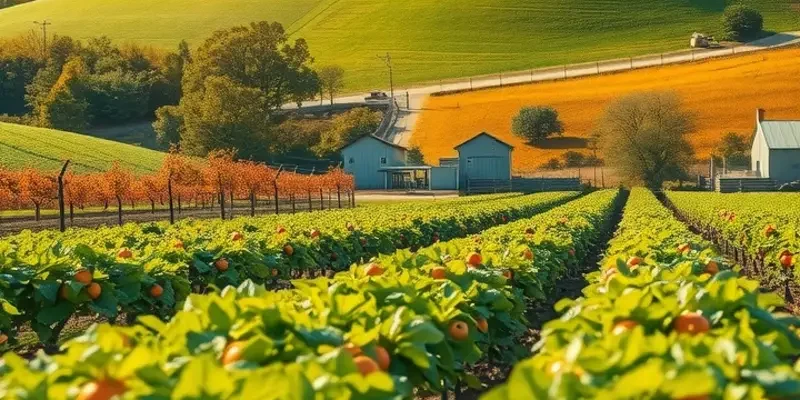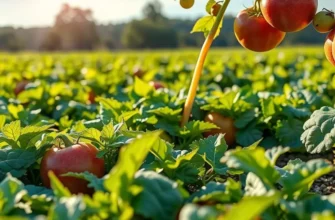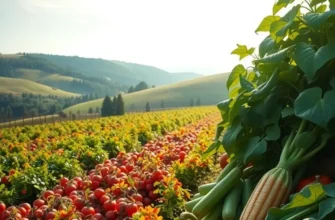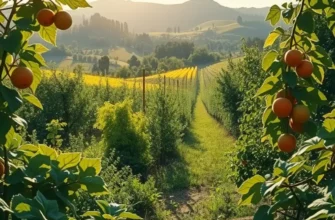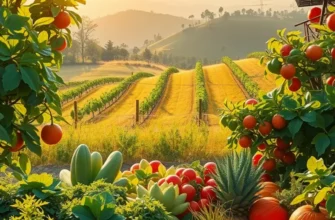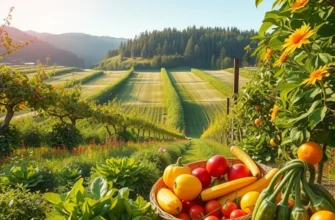Meal prepping can significantly minimize food waste while improving kitchen efficiency. By implementing organized strategies, you can ensure leftovers are utilized to their full potential, and proper storage techniques keep your food fresh longer. Whether you’re a seasoned meal prepper or just getting started, these waste-free meal prep ideas will help you streamline your kitchen practices and enjoy healthier meals while being environmentally conscious.
Smart Storage Solutions
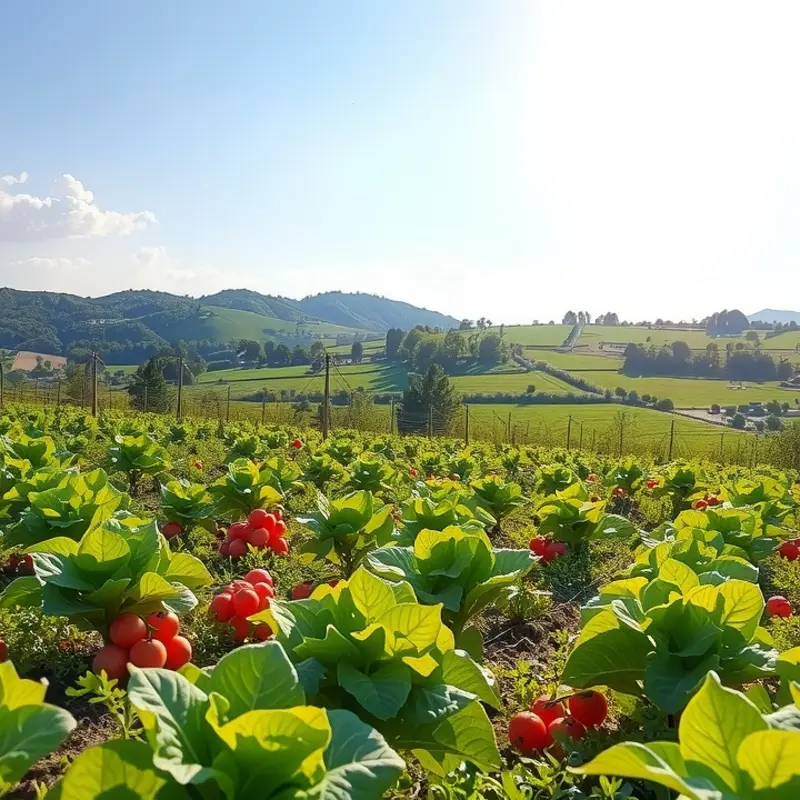
Effective storage methods can significantly reduce food waste and keep your meals fresher for longer. The right container is key. Opt for glass or stainless steel storage options for their durability and non-reactive properties. They help preserve the taste and safety of foods without leaching any unwanted substances.
Maintaining the correct temperature is crucial. Perishables like dairy, eggs, and meats should be stored on the middle shelves of the refrigerator, where the temperature remains most consistent. Fruits and vegetables have tight temperature needs; they often fare better in crisper drawers specifically designed for them.
Leveraging preservation techniques can extend the life of your goods. Consider the wonders of vacuum sealing, which removes air and prevents spoilage. It’s particularly useful for bulk meats and cheeses. When it comes to leftovers, freezing can be your best friend—note that proper labeling is critical. Include dates to avoid mystery meals later on, ensuring a well-rotated stock.
Don’t overlook the benefits of a well-organized pantry, which can prevent foods from being pushed to the back and forgotten. FIFO, or first-in, first-out, is a strategic stocking method. It encourages the use of older items first, minimizing old stock spoilage.
Think creatively about storage spaces. For instance, keeping a small herb garden in your kitchen can ensure a fresh supply of seasonings, eliminating the need for frequent replacement of dried herbs that lose potency over time. For a more detailed guide on safe and efficient storage techniques, explore Safer Storage of Sauces.
Implementing these smart storage solutions can dramatically reduce the amount of wasted food. They help make the most out of every ingredient, saving valuable resources and reducing environmental impact.
Maximizing Leftovers and Ingredients
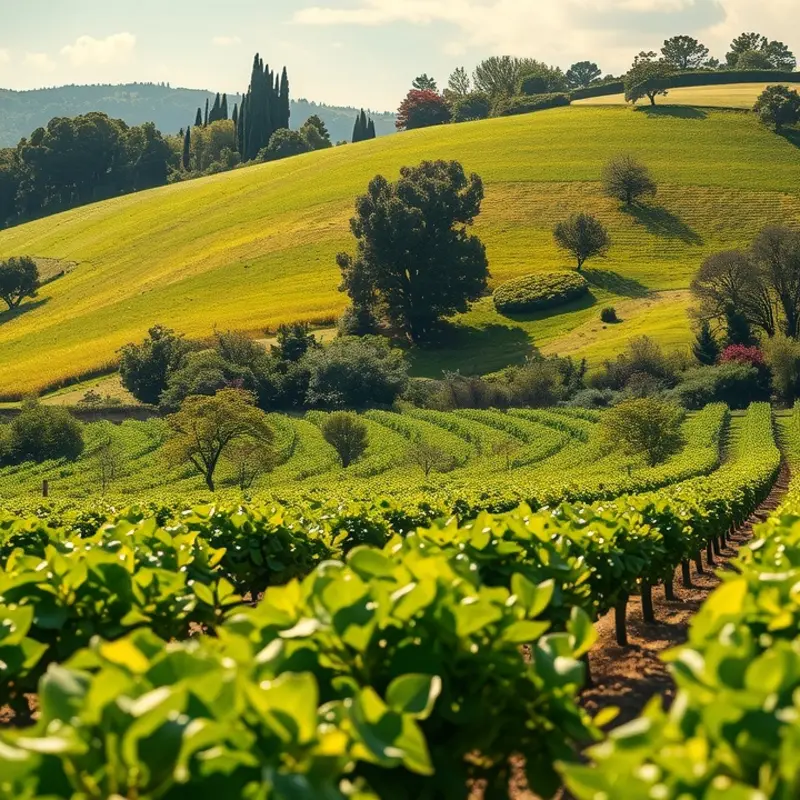
Transforming leftovers into new meals can significantly reduce kitchen waste and enhance your culinary creativity. Instead of viewing leftovers as tired remnants, consider them the building blocks for future meals. This not only maximizes their value but also adds variety to your meals without additional costs.
Begin by rethinking your approach to excess ingredients. For instance, if you have a surplus of vegetables, consider creating a hearty vegetable broth or soup. This not only utilizes leftover produce but also intensifies flavors, as discussed in flavor boosters. Additionally, leftover grains such as rice or quinoa can easily morph into stir-fried dishes, salads, or even breakfast bowls with a few added herbs and spices.
Embrace the art of batch cooking while deliberately planning for leftovers. Cook a larger portion of proteins or grains to use in several dishes throughout the week. This technique is particularly effective for ingredients like roasted chicken, which can be repurposed into sandwiches, tacos, or casseroles. By planning meals where ingredients naturally overlap, you reduce the likelihood of any single component going to waste.
Smoothies and purees are excellent options for using fruits and vegetables nearing the end of their prime. A combination of slightly overripe fruits and some leafy greens can create delicious and nutritious smoothies. Vegetables can also be pureed into sauces, dips, or soups, giving them a new life and adding nutrients to various meals.
Another strategy is to incorporate leftovers into familiar bases such as pizzas or frittatas. A basic dough can become a creative canvas for any leftover vegetables, meats, or cheeses. Similarly, eggs offer a flexible base for incorporating an array of ingredients, providing a quick and satisfying meal solution.
Fermentation and pickling are underutilized yet effective methods to preserve surplus produce. Not only do these processes extend the life of your vegetables, but they also enrich their flavors and add probiotic benefits, supporting a healthy gut.
Creatively repurposing food isn’t just about preventing waste—it’s a form of creative expression in the kitchen. As you experiment with combining leftovers into new dishes, you’ll likely discover innovative flavor profiles and textures you hadn’t considered before. Encourage yourself to think outside the box and relish in the practice of sustainable meal prep.
By maximizing leftovers and ingredients, you’re actively participating in eco-friendly cooking and reducing your household’s environmental footprint. With mindful strategies, your kitchen can become a place where nothing goes to waste.
Final words
Efficient meal prep is more than a culinary technique; it’s a step towards sustainability. By adopting smart storage practices and creatively repurposing leftovers, you not only minimize waste but also enhance your cooking experience. With a little planning, you can keep your kitchen organized and your meals fresh, ultimately contributing to a healthier lifestyle and environment. Take these strategies to heart, and watch as your food management habits improve, making you a more conscientious cook.

